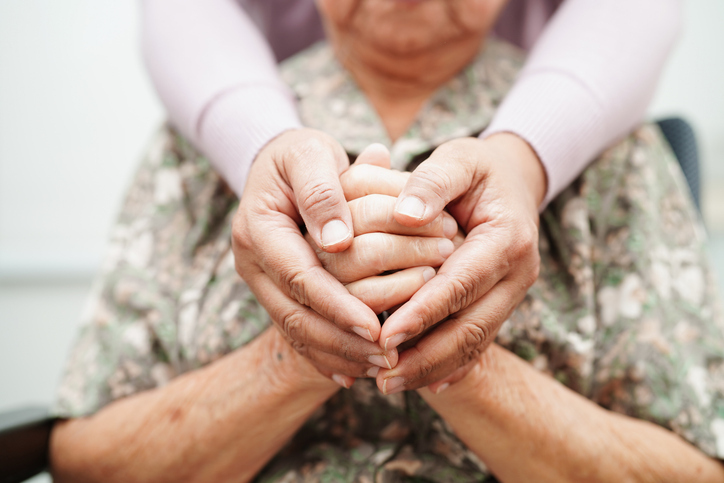DONALD G. McNEIL Jr.

A major study testing whether Americans would take their H.I.V. drugs every day if they were paid to do so has essentially failed, the scientists running it announced Tuesday at an AIDS conference here.
Paying patients in the Bronx and in Washington — where infection rates are high among poor blacks and Hispanics — up to $280 a year to take their pills daily improved overall adherence rates very little, the study’s authors said.
The hope was that the drugs would not only improve the health of the people taking them, but help slow the spread of H.I.V. infections. H.I.V. patients who take their medicine regularly are about 95 percent less likely to infect others than patients who do not. The Centers for Disease Control and Prevention estimates that only a quarter of all 1.1 million Americans with H.I.V. are taking their drugs regularly enough to not be infectious.
Paying patients $25 to take H.I.V. tests, and then $100 to return for the results and meet a doctor, also failed, the study found.
“We did not see a significant effect of financial incentives,” said Dr. Wafaa M. El-Sadr, an AIDS expert at Columbia University and the lead investigator. But, she said, there is “promise for using such incentives in a targeted manner.”
Cash payments might still work for some patients and some poor-performing clinics, she said.
Other H.I.V.-prevention research released here Tuesday offered good news for gay men but disappointing results for African women.
Two studies — both of gay men, one in Britain and the other in France — confirmed earlier research showing that pills to prevent infection can be extremely effective if taken daily or before and after sex. Both were stopped early because they were working so well that it would have been unethical to let them continue with men in control groups who were not given the medicine.
But a large trial involving African women of a vaginal gel containing an antiviral drug failed — apparently because 87 percent of the women in the trial were unable to use the gel regularly.
The failure of the cash-incentives trial was a surprise and a disappointment to scientists and advocates. It had paid out $2.8 million to 9,000 patients in 39 clinics over three years, but the clinics where money was distributed did only 5 percent better than those that did not — a statistically insignificant difference.
Some small clinics and those where patients had been doing poorly at the start of the study did improve as much as 13 percent, however.
People in other countries have been successfully paid to stop smoking while pregnant and to get their children to school. In Africa, paying poor teenage girls to attend school lowered their H.I.V. rates; scientists concluded that it eased the pressure on them to succumb to “sugar daddies” — older men who gave them money for food, clothes and school fees in return for sex.
One study presented here at the annual Conference on Retroviruses and Opportunistic Infections estimated that every prevented H.I.V. infection saved $230,000 to $338,000. Much of that cost is borne by taxpayers.
Mathematical modeling suggested that paying people up to $5,000 a year could be cost effective, Dr. El-Sadr said, but $280 was settled on after a long, difficult debate.
Paying more than $280 at some clinics was not an option, she said; achieving statistical relevance would have meant signing up even more clinics. The study had already involved almost every H.I.V. patient in the Bronx and Washington.
“I don’t think anyone has an answer to what amount would be sufficient without being excessive,” Dr. El-Sadr said.
One advocate suggested that more money could work — in the right setting.
“In South Africa, $280 is a lot of money,” said Mitchell Warren, the executive director of AVAC, an organization that lobbies for AIDS prevention. “For that much, you’d definitely get some behavior change.”
The two studies among gay men looked at different ways to take pills. A 2010 American study, known as iPrEx, showed that taking Truvada — a combination of two antiretroviral drugs — worked if taken daily.
The British study, known as PROUD, used that dosing schedule, and men who took the pill daily were protected 86 percent of the time.
In the French trial, known as Ipergay, men were advised to take two pills in the two days before they anticipated having sex and two in the 24 hours afterward.
Those who took them correctly also got 86 percent protection.
“The problem,” Dr. Susan P. Buchbinder, director of H.I.V. prevention research for the San Francisco health department, said in a speech here commenting on the study, “is that studies have shown that men are very good at predicting when they will not have sex and not good at predicting when they will.”
The African study, known as FACTS 001, was a follow-up to the smaller trial from 2010, which showed that South African women who used a vaginal gel containing tenofovir, an antiviral drug, before and after sex were 39 percent better protected than women who did not.
But it also found that many women failed to use the gel because it was messy or inconvenient or because partners objected.
In this trial, there was virtually no effect.
One problem, said Dr. Helen Rees, the chief investigator, was that the women were very young — the median age was 23, and most lived with their parents or siblings.
“They had no privacy for sex,” she said. “They had to go outside to use the product.”
Mr. Warren, of AVAC, said: “The women wanted a product they could use. But this particular product didn’t fit into the realities of their daily lives.”
The development means that advocates are hoping even more that other interventions for women now in trials will work. They include long-lasting injections of antiretroviral drugs and vaginal rings that can be inserted once a month and leach the drugs slowly into the vaginal wall.
Another trial in Africa, the Partners Demonstration Project, conducted among couples in which one partner had H.I.V. and the other did not, found it was extremely effective to simultaneously offer treatment to the infected partner and preventive drugs to the uninfected one until the other’s drugs took full effect.
In the group getting the treatment, there were zero infections that could be traced to partners who were in the study.
Source: www.nytimes.com





